
The science behind skin aging
The science behind skin aging
While the skin has been perceived (and is still perceived) as a beauty accessory, it is important to remind that it plays a crucial role in the body. It is a complex organ that covers the entire surface of the body and provides a barrier that protects internal organs from pathogenic microorganisms and prevent water and electrolytes losses.
Whether we like it or not, aging is a natural process that triggers skin changes resulting in the appearance of wrinkles, imbalance in pigmentation, and laxity. As a result, a number of women invest a huge amount of money into cosmetic products and surgeries.
In this short article, I will talk about the physiological processes behind skin aging hoping that it will help us (women) to embrace our skin and feel comfortable in it no matter our age.
P.S: do not worry, I will briefly mention scientific “treatments” for skin aging. (YOU ARE BEAUTIFUL!)
Skin structure
Skin is comprised of 3 layers:
- Epidermis (external layer), is comprised of the following cells:
o Keratinocytes (cells producing keratin, the same protein that you find in the hair shaft)
o Melanocytes (cells responsible for the color of your skin)
o Langerhans cells (immune cells)
o Merkel cells (cells allowing you to feel when someone is lightly touching you).
- Dermis (middle layer)
- Hypodermis (inner layer)
Natural (intrinsic) skin aging process
- As we are getting older, our body sends signals to the cells comprising the skin asking them to stop proliferating. As a result, your skin will not regenerate as often as it used to, and the epidermis will become thinner.
Extrinsic factors leading to skin aging
- Exposure to UV (sun) represents 80% of the extrinsic causes. In this case, the epidermis becomes thicker.
- The production of type VII collagen decreases, as a result, wrinkles occur.
- We also notice an increase in the accumulation of elastic tissues.
Molecular mechanisms in skin aging
There are different mechanisms leading to skin aging, but they might seem a little bit complicated or boring for someone who is not a scientist, so I will only briefly describe those I believe you might be familiar with.
- Oxidative Stress: Oxidative stress is a phenomenon caused by an imbalance between the production and accumulation of oxygen reactive species (ROS) in cells and tissues and the ability of a biological system to detoxify these reactive products.
- DNA Damage: consistent exposure to UV triggers mutations in your DNA. These mutations do not only play a role in skin aging but can, unfortunately, lead to cancer.
Treatment
- Hormone replacement therapy: this treatment has been also used for the treatment of menopause. It has been reported that it enhances the skin appearance /hydration by improving collagen formation, regulating the secretion of elastic fibers and improving the skin thickness. (It has also reported that this therapy increases the risk of developing breast cancer)
- Antioxidants: molecules such as Vit C, Vit E, flavonoids, polyphenols, and enzymes such coenzyme Q10, glutathione peroxidase, catalase can decrease oxidative stress.
- Stem cell therapy: studies have shown that adipose tissue (fat) transplantation could improve skin quality at the recipient site in addition to increasing skin volume.
- Retinoids: those molecules have a structure that is similar to Vit A. Tretinoin is the first retinoid approved for clinical use. Its topical application inhibits collagen degradation.
- Antiprogeria therapy: progeria, also known as Hutchinson-Gilford syndrome, is an extremely rare, progressive genetic disorder that causes children to age rapidly. Clinical trials aiming to cure diverse symptoms associated to that disease have shown potential improvement in the appearance of the skin and in the aging process. Those assays inhibit a protein called progerin which is known to have toxic effects in the body.
- Anti-inflammaging: those therapies have not been yet thoroughly investigated. They aim to decrease skin inflammation by using drugs that inhibit pro-inflammatory proteins. Early studies reported that those drugs can improve collagen formation and regulate elastin synthesis.
References
Khavkin J, Ellis DA. Aging skin: histology, physiology, and pathology. Facial Plast Surg Clin North Am. 2011 May;19(2):229-34. doi: 10.1016/j.fsc.2011.04.003. PMID: 21763983.
Zhang S, Duan E. Fighting against Skin Aging: The Way from Bench to Bedside. Cell Transplant. 2018 May;27(5):729-738. doi: 10.1177/0963689717725755. Epub 2018 Apr 25. PMID: 29692196; PMCID: PMC6047276.

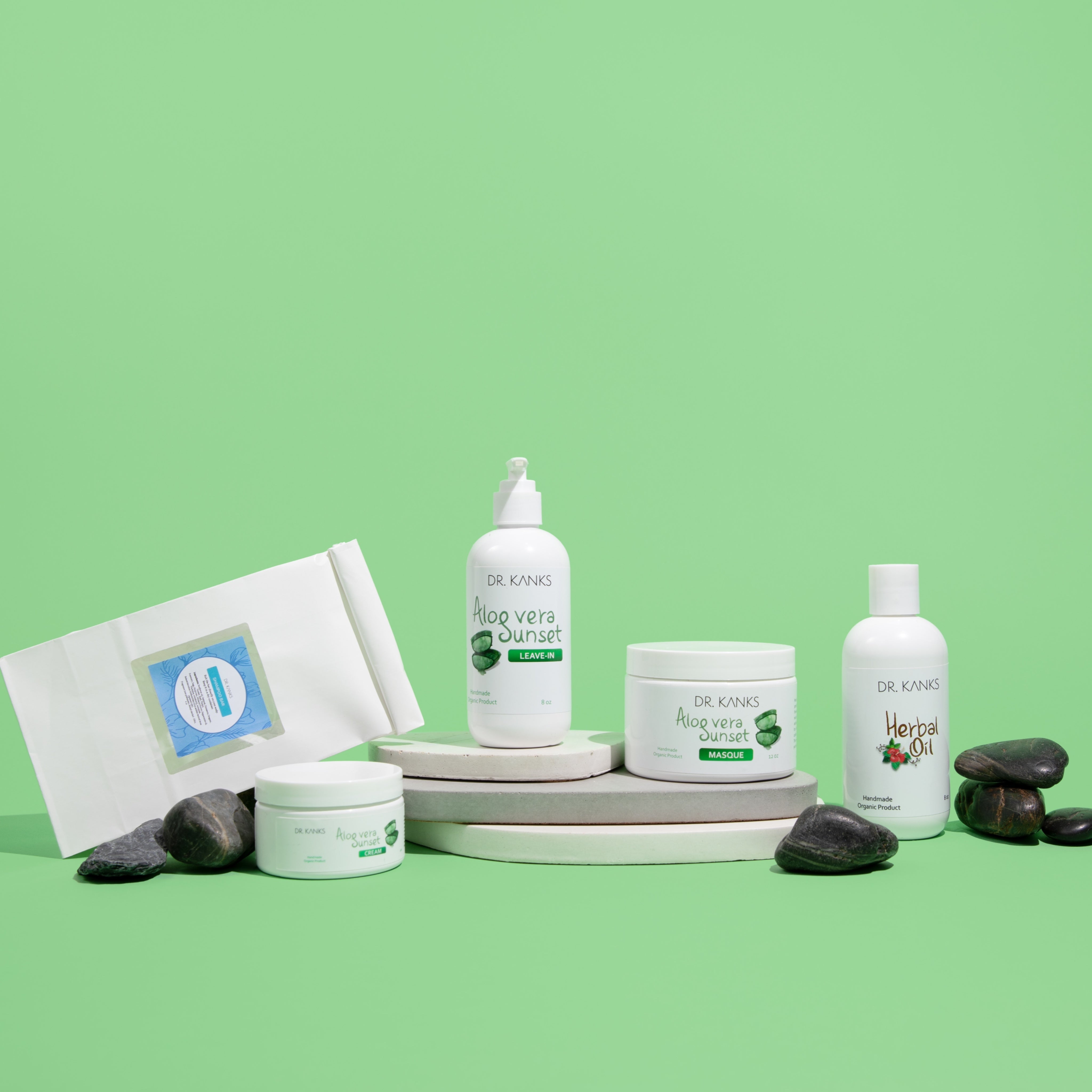
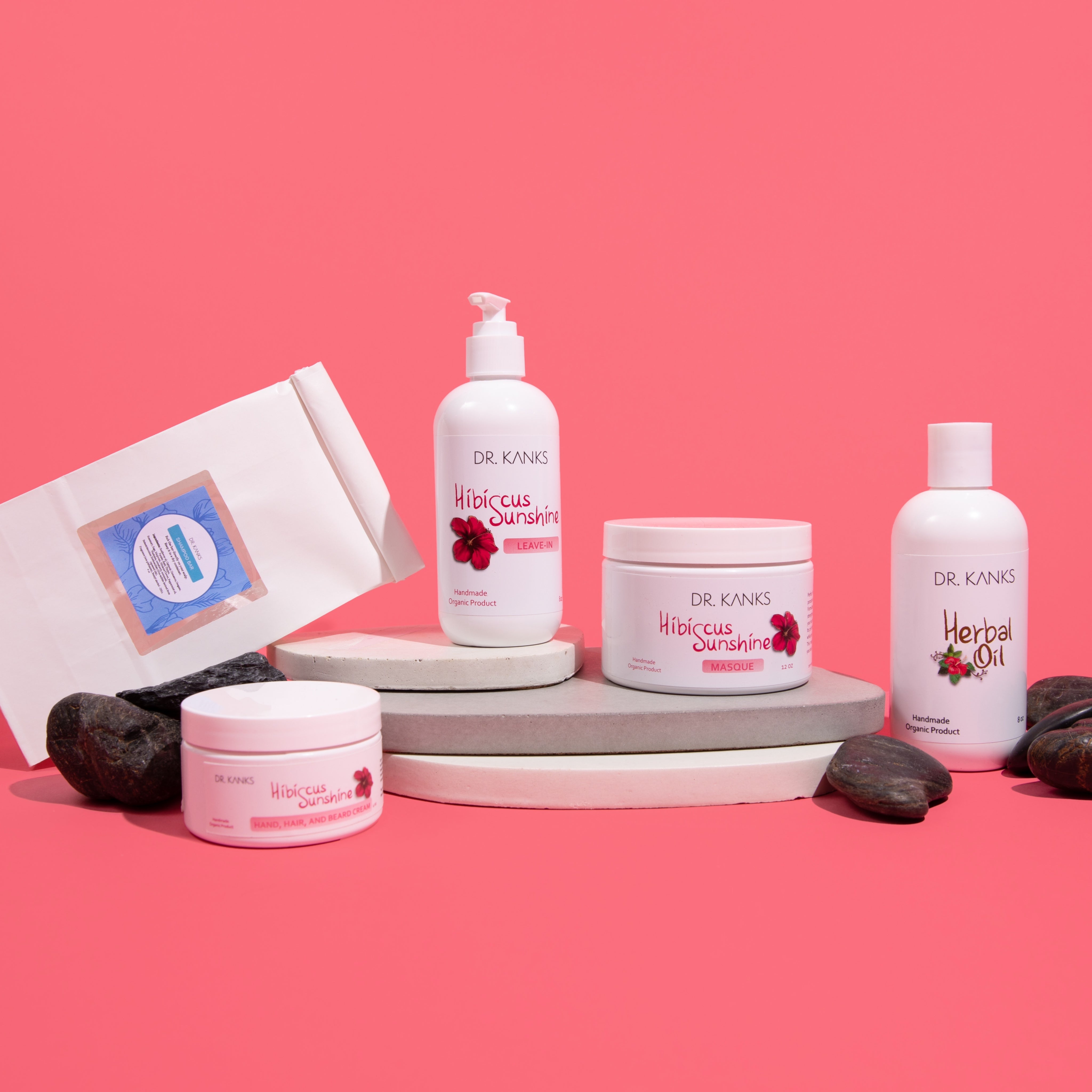
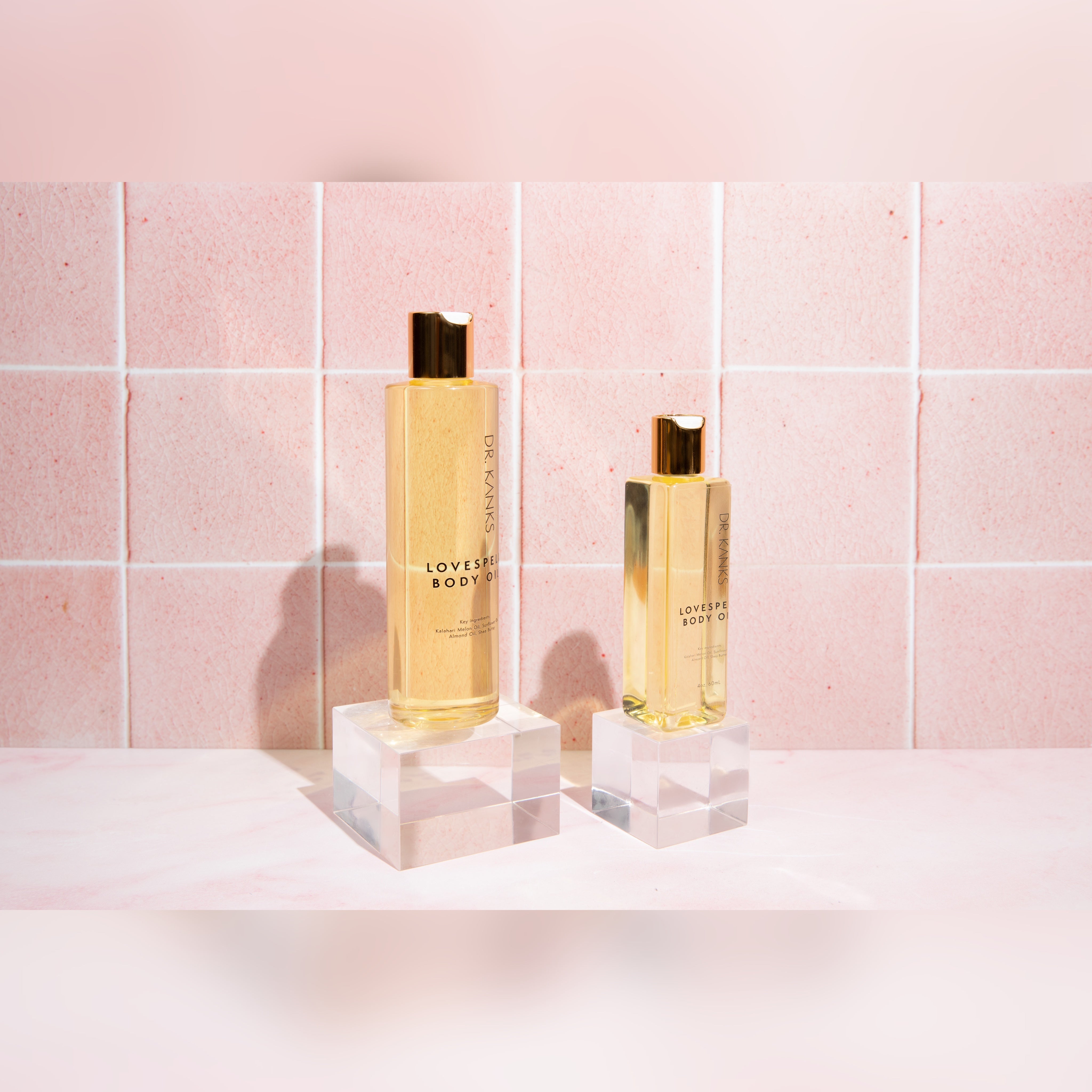
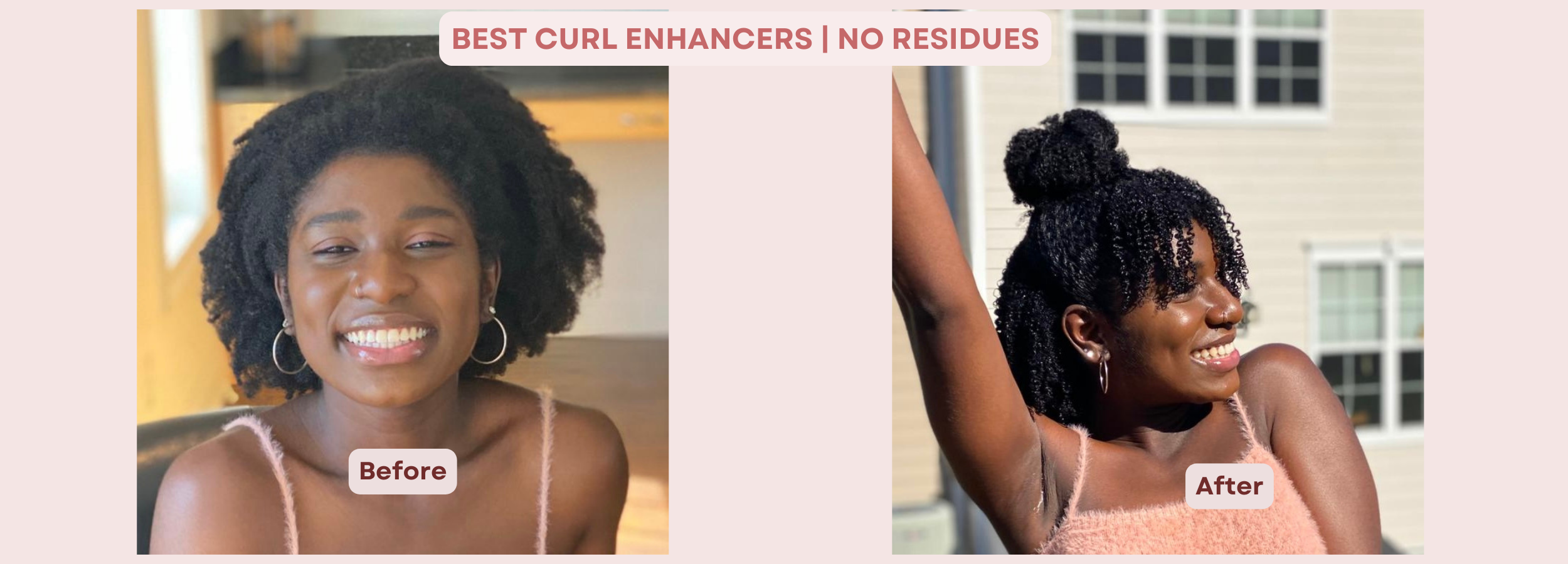
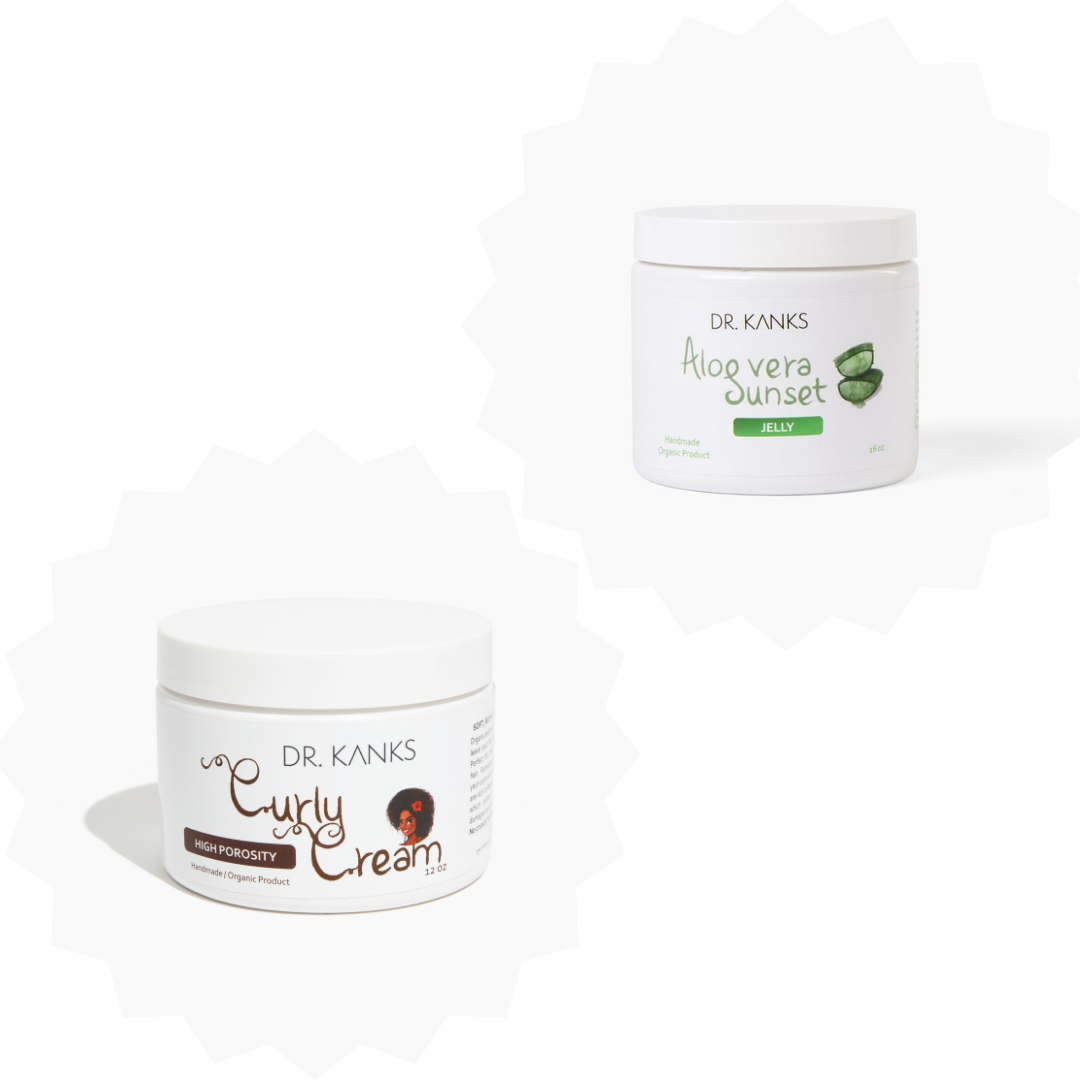
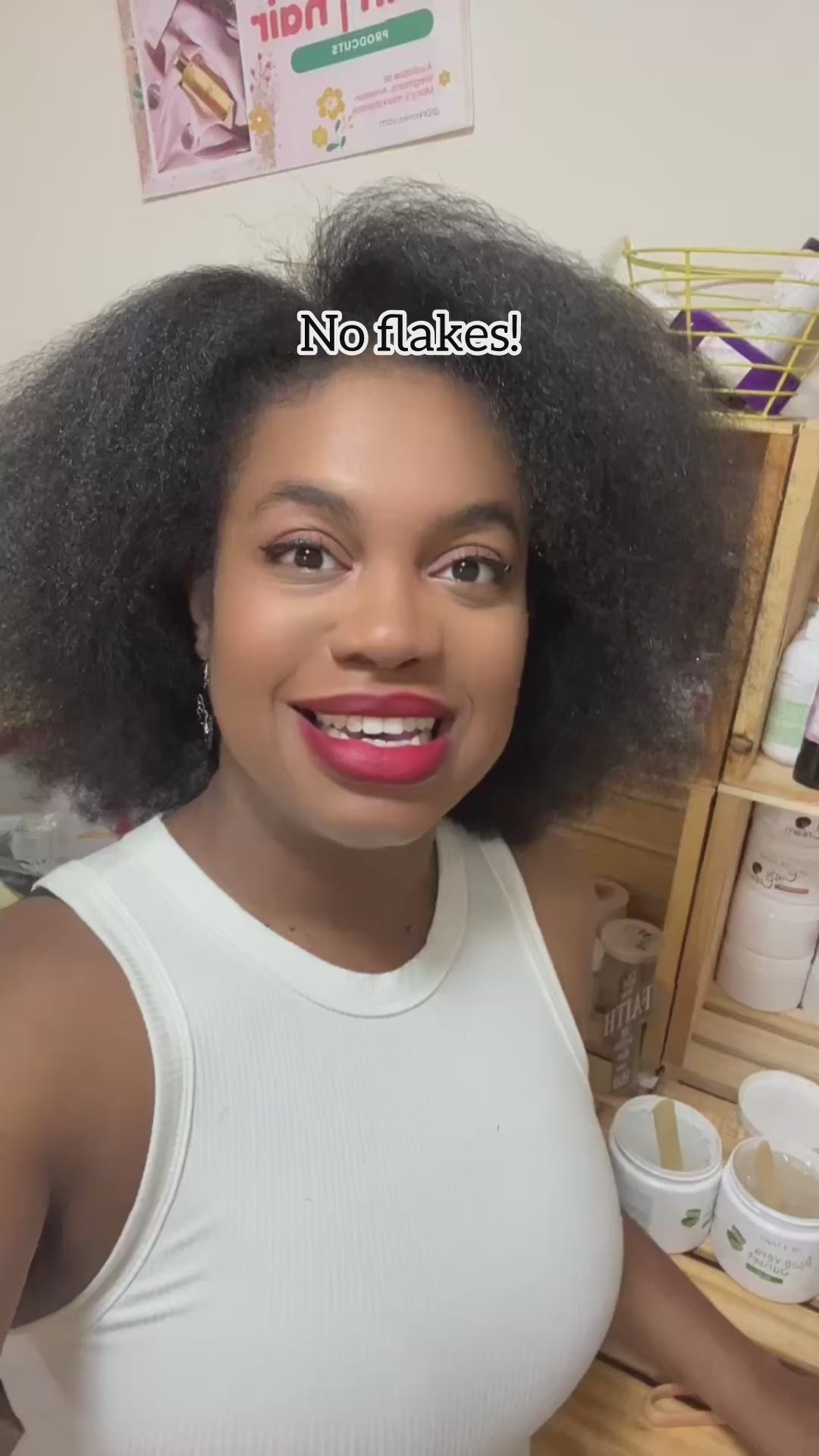


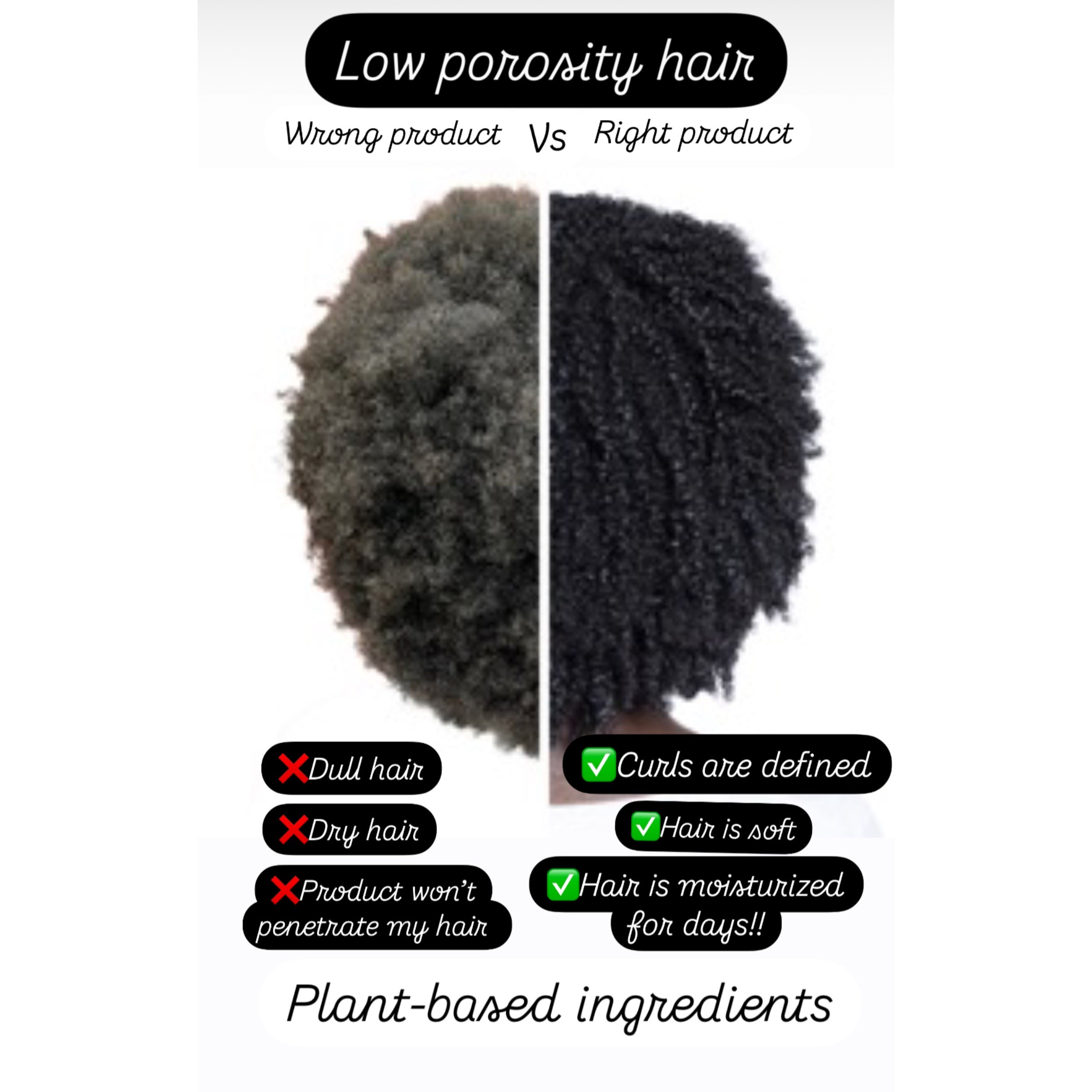
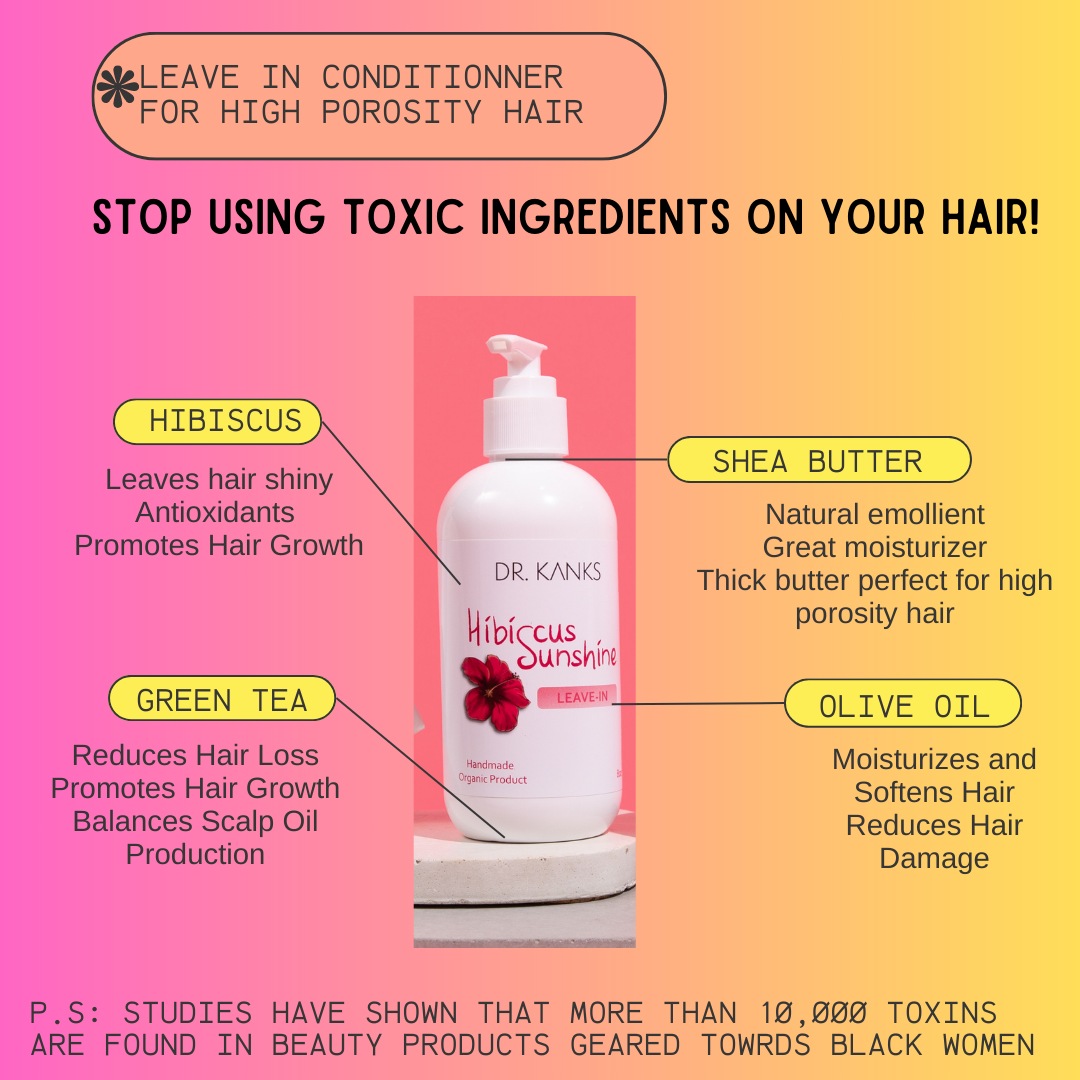
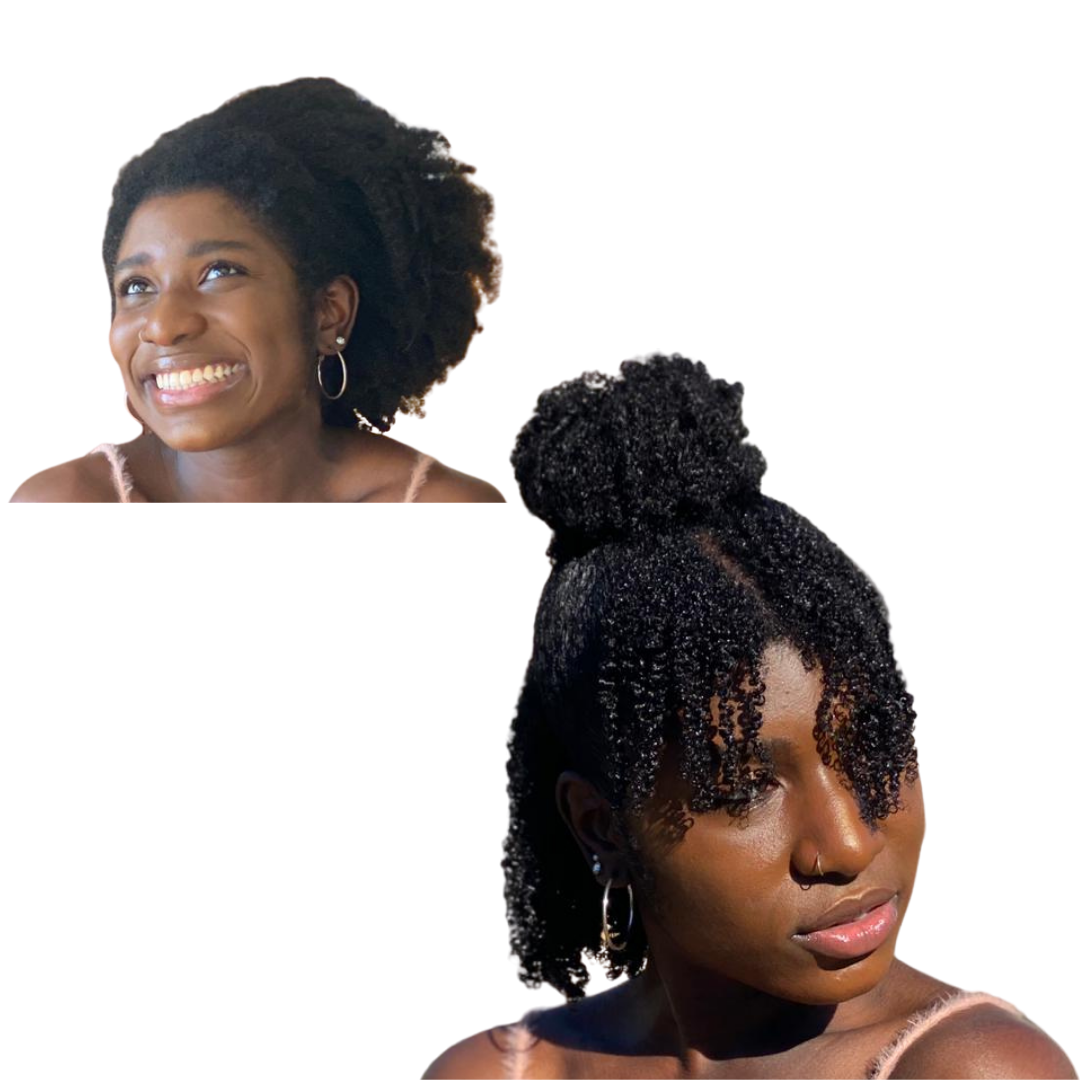
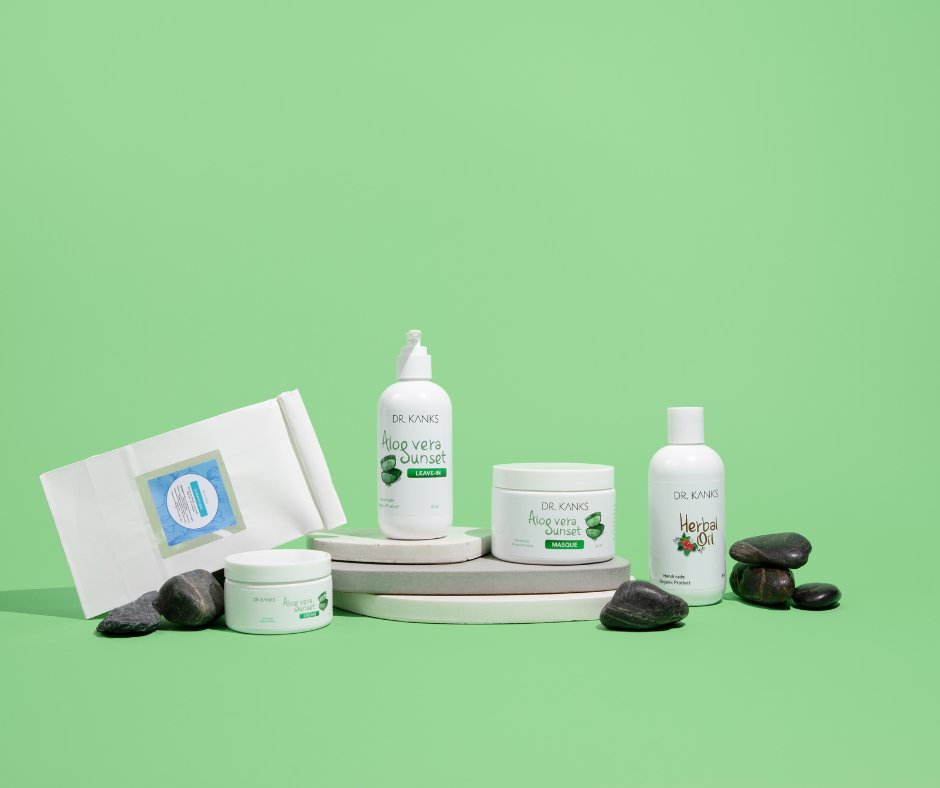
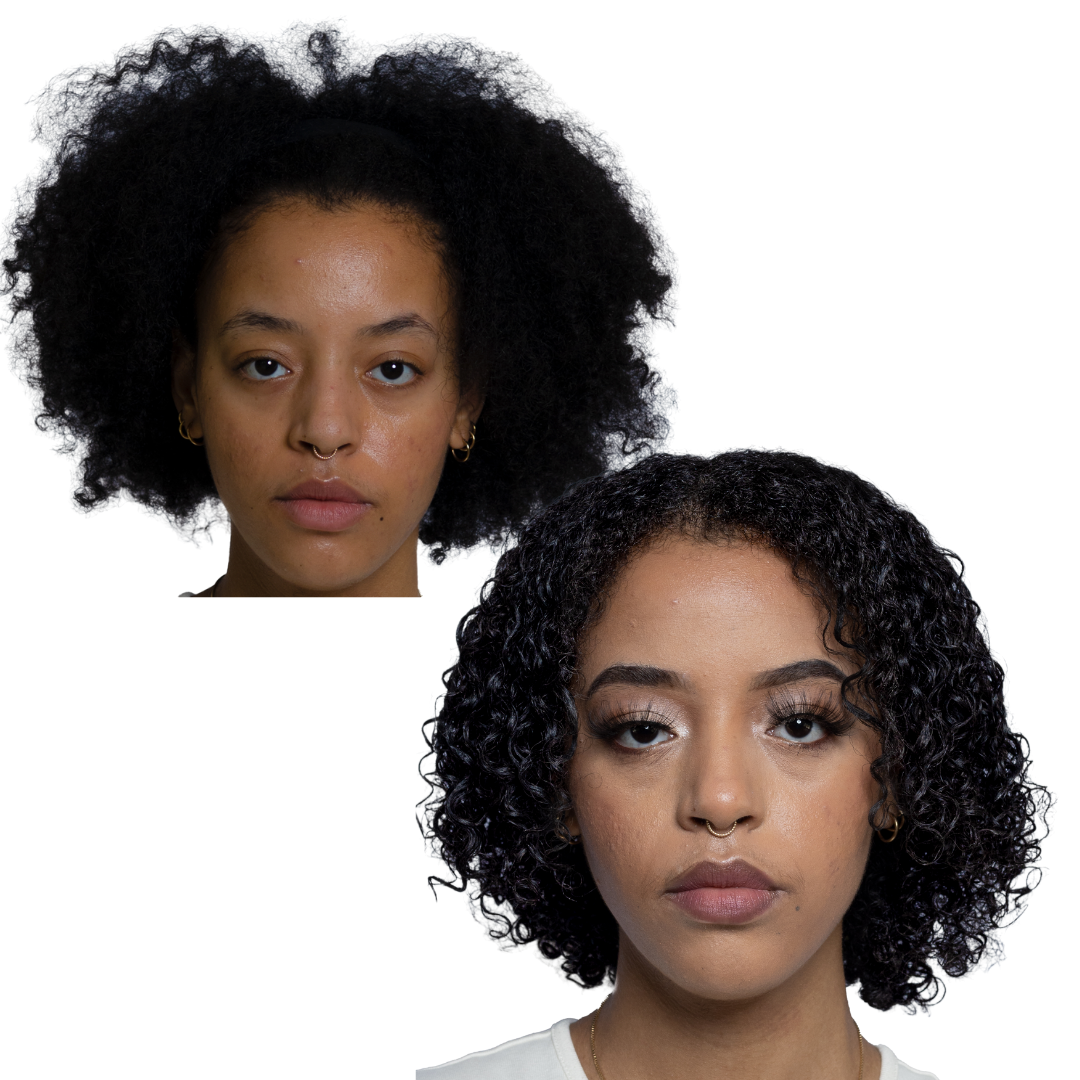
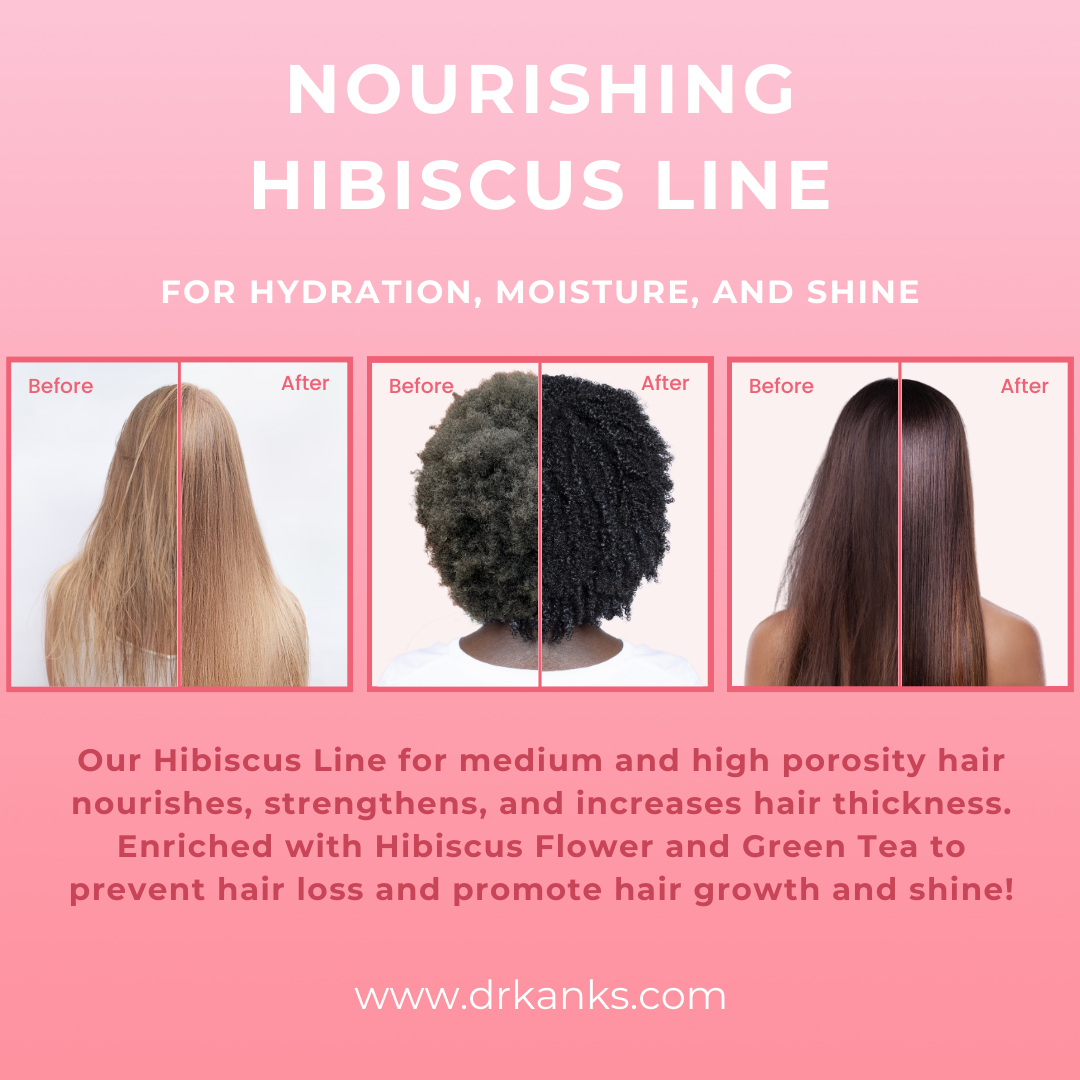
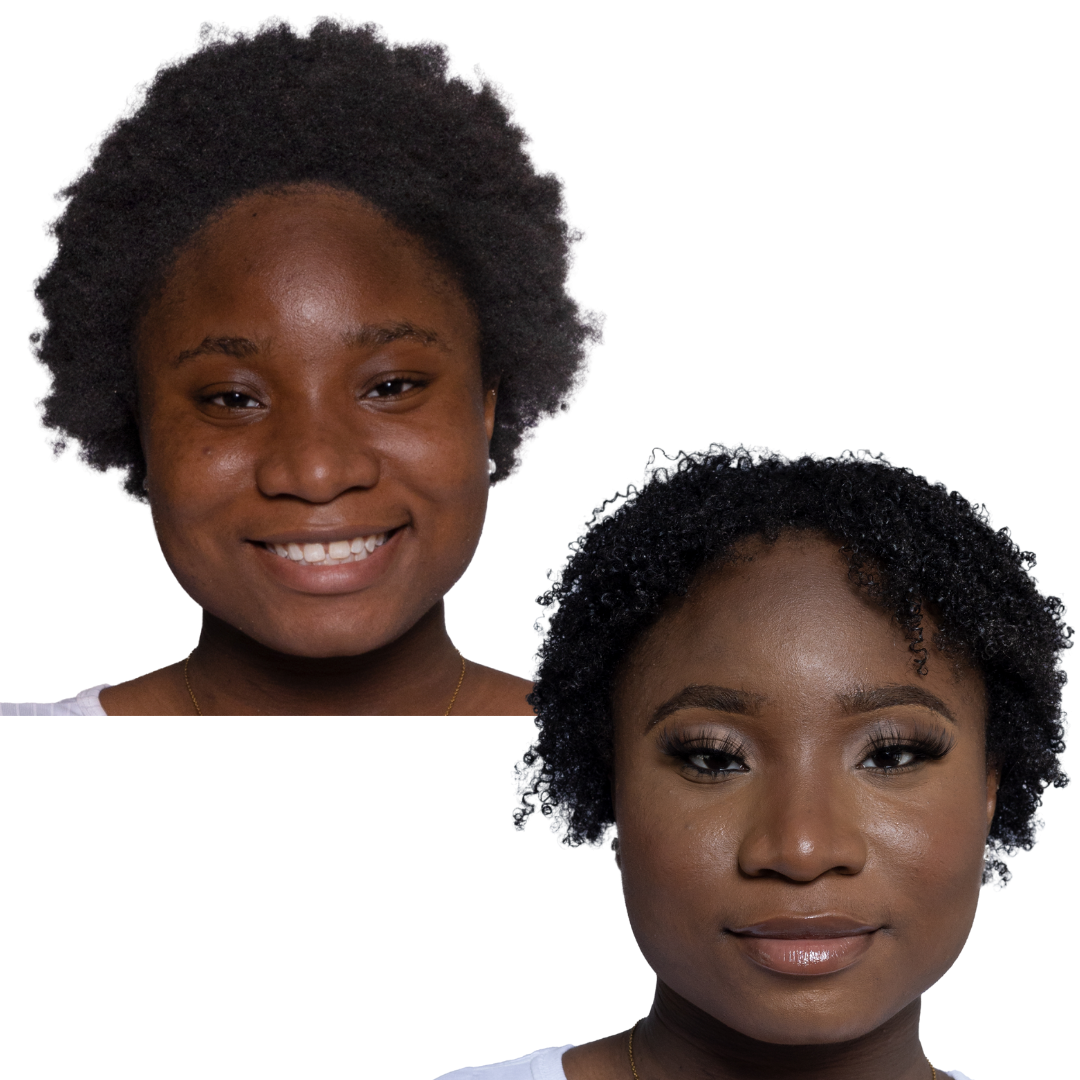
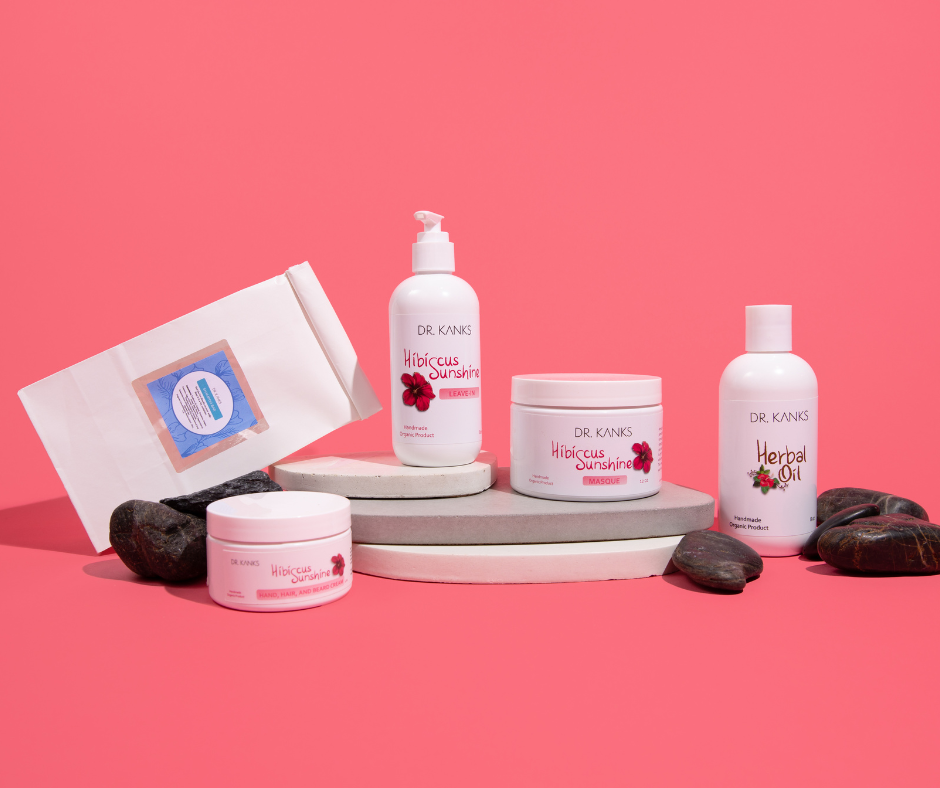
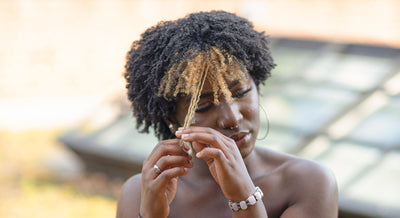
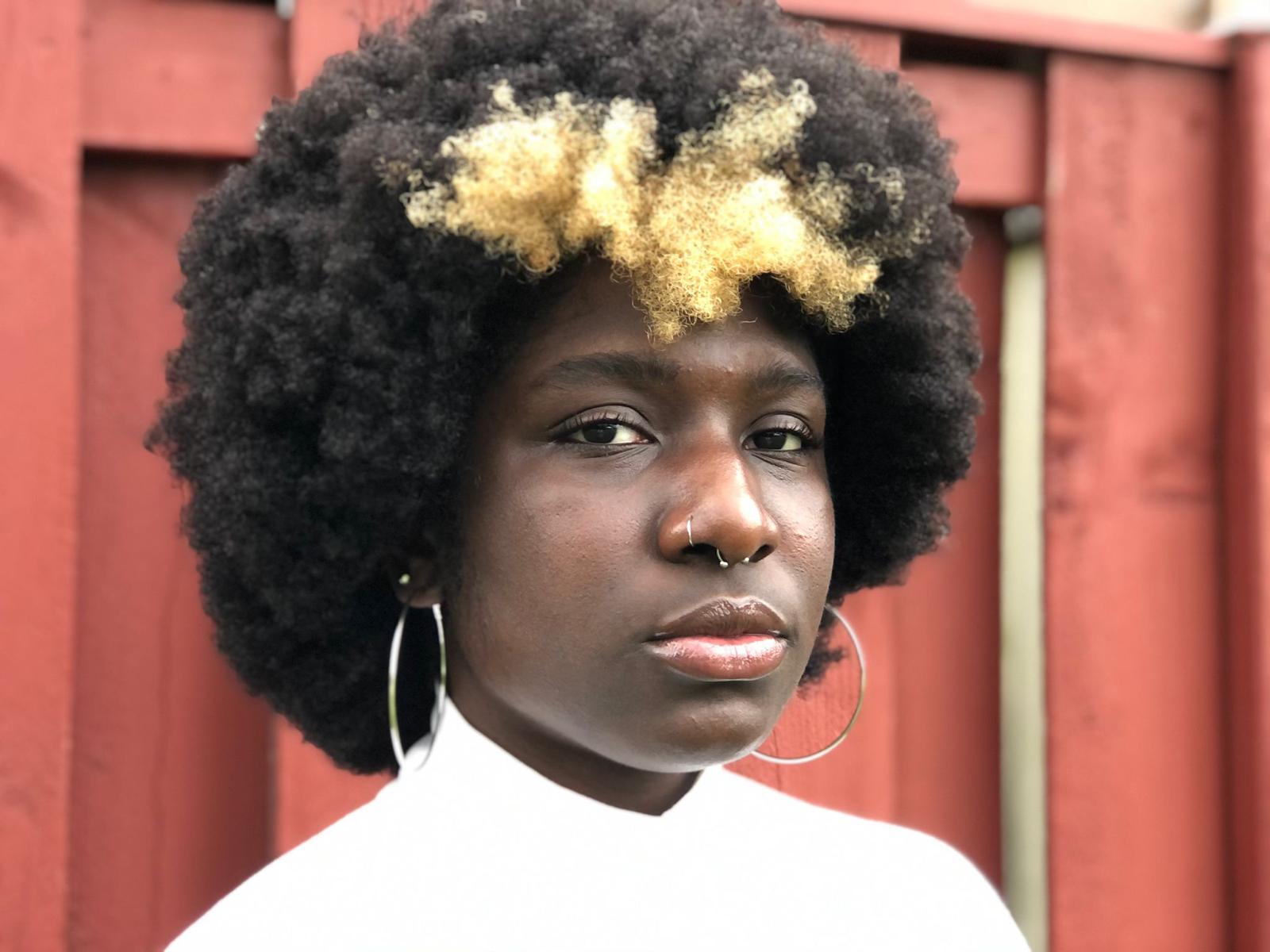
Laisser un commentaire
Ce site est protégé par hCaptcha, et la Politique de confidentialité et les Conditions de service de hCaptcha s’appliquent.